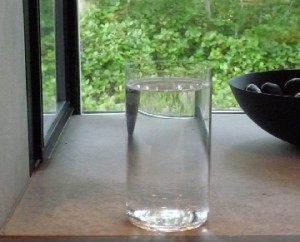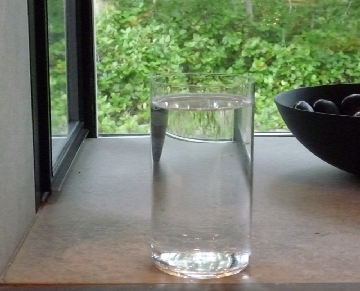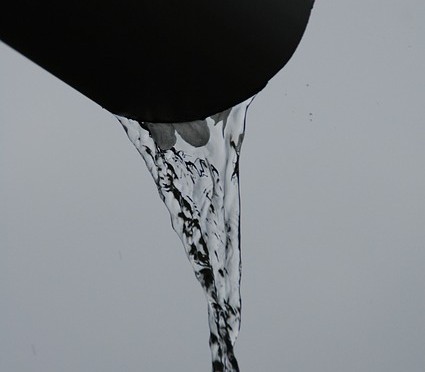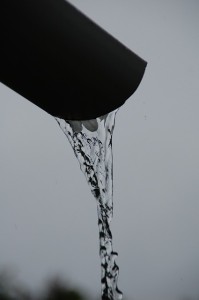 Rainwater is generally considered clean to begin with, however, water is an excellent medium for growth and transport of disease causing organisms.
Rainwater is generally considered clean to begin with, however, water is an excellent medium for growth and transport of disease causing organisms.
The good news is rainwater is relatively easy to filter and disinfect, and disinfected rainwater may significantly improve drinking water supplies.
The clean water act of 1974 and recent amendments have enhanced the protection of drinking water. But, news bulletins throughout the United States of contaminated municipal supplies have spawned an increased interest in rainwater harvesting as a source of drinking water. People are looking toward alternatives to an aging, overwhelmed infrastructure to provide a safe, clean source of drinking water for the household and family.
Water quality problems associated with rainwater harvesting systems most often originate in the catchment area, conveyance system, or storage components caused by:
- System was poorly maintained
- Collected water was not properly disinfected
- Conveyance and storage were poorly designed
- Simple measures were not taken to ensure the quality of the water
All harvested rainwater that is intended for potable use must be treated effectively to minimize the risk of harming human health. To ensure a RWH system is producing high quality water, proper techniques in design, construction and maintenance along with testing need to be conducted.
Recent plumbing codes set by the American National Standards Institute (ANSI) and American Society of Plumbing Engineers (ASPE) along with the American Rainwater Catchment Systems Association (ARCSA) have been adopted at the national level and must be adhered to by designers and contractors installing rainwater collection systems meant for potable and non potable use.
Rainwater harvesting can be a safe, reliable source of drinking water if codes and practices are conducted. Ask if your designer and installer are ARCSA Accredited Professionals and are up to date on the latest plumbing codes.



 We know we can effectively capture, store, and use rainwater as a safe, viable source of potable water (drinking water) in Seattle and the Pacific Northwest.
We know we can effectively capture, store, and use rainwater as a safe, viable source of potable water (drinking water) in Seattle and the Pacific Northwest.